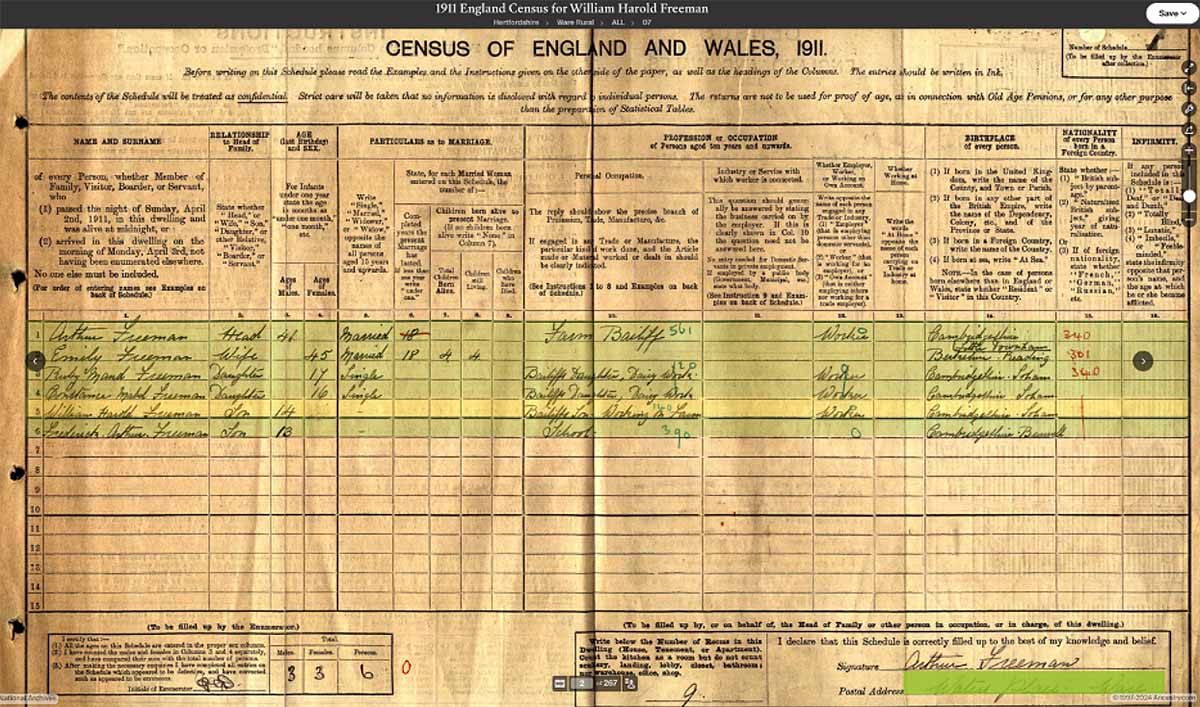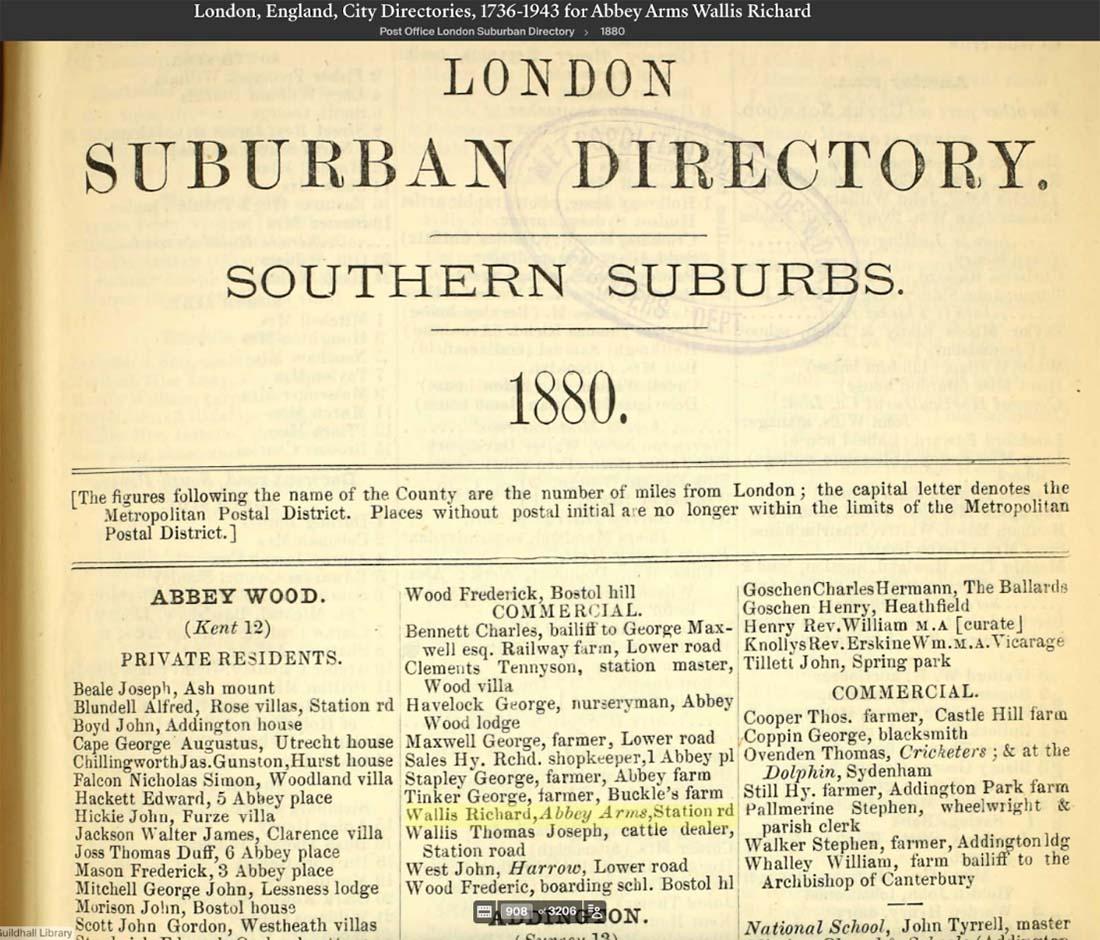The world’s largest online family history resource - Start now
GET THE LATEST
New posts + monthly newsletter.
GET THE LATEST
New posts + monthly newsletter.
Britain, particularly England and Wales, has a rich legacy of historical documents where we can find traces of our ancestors’ lives. Nonetheless, building your British family tree doesn’t come without challenges.
The past 300 years have been a time of increasing migration within Britain. Sometimes, a move was local, to seek a new spouse in a neighboring parish, for example. Other times, whole families moved across the country as new economic opportunities arose and transportation became cheap. Perhaps they even decided to leave Britain for a new life overseas. This can make tracing your British family difficult. Where did their deeper roots lie?
Now, it’s easier than ever to find answers to this question with the latest AncestryDNA® release of new United Kingdom DNA communities and the billions of historical records on Ancestry®. Have a British connection? Take a look at your DNA results. With 229 AncestryDNA communities in the United Kingdom, you’ll likely see your British origins mapped in amazing new detail.
Discover new branches of your family tree with AncestryDNA® United Kingdom communities
I was blown away when I checked my updated AncestryDNA profile. I’ve gained six communities across the south and east of England, encompassing counties from Suffolk to Hampshire. Even better, these new regions are linked to specific parents*: I can see that both sides of my family have significant ties to the southern half of England.

This new update has even shed light on a long-standing family mystery. A secret WWII affair meant a whole branch of my tree was missing, so I was incredibly excited to see a new Central & Southern Cambridgeshire community connected to my mother. With most of her family coming from Scotland, I knew this community probably pointed to her father’s unknown origins.
Get your ancestors’ personal stories by exploring United Kingdom records
Your new United Kingdom communities pinpoint a specific geographic area to help you focus your research. Next, you’ll want to look at the documents that will help you discover more about who your ancestors were and the paths they took during their lives.
Censuses are a great place to start. They provide an excellent snapshot of an ancestor’s life, revealing details that range from their year and place of birth to their employment and marital status. Take the example of William Harold Freeman, who married in Surrey in 1920. The 1911 census shows William lived in Ware, Hertfordshire, as a child. However, none of his family members had deep links to Hertfordshire. William’s mother was born in Berkshire. William, along with his father and siblings, was from Cambridgeshire.

Once your research moves into the early nineteenth century, you’ll find that parish records are invaluable for tracing your British family members. If you have ancestors from southern and eastern England as I do, you’ll likely find records of their baptisms, marriages, and burials in parish registers, like those for Norfolk, Surrey, and Sussex.
Ancestry has numerous collections that can help determine an ancestor’s whereabouts between census enumerations or significant life events like a marriage.
County voter lists, like this Cambridgeshire electoral register, were produced every few years. City directories, such as these London volumes, list the names, addresses, and often occupations of wealthier residents and ordinary tradespeople. Tax records like apprenticeship duty registers could reveal that your family member learned or taught a trade. They could even specify where your ancestors lived at the time.

Many individuals and families suffered hardships. You might find your ancestor’s name in workhouse registers. Local parishes were vigilant, however, when it came to spending money on migrants. If your family member sought support and hadn’t legally established their residency, you could find that they were subject to a removal order. These orders, such as those found in the Ancestry London parish administration records, could show that your ancestor’s home village or town was in the next parish or even hundreds of miles from where they later settled.
Uncover even more with new DNA features and historical records
No matter where circumstances, chance, or choice took your British ancestors during their lives, the powerful tools from Ancestry can provide the resources you need to build your family history.
You can see your results for 229 United Kingdom DNA communities with an AncestryDNA® test. If you want to explore more about their lives and journeys, an Ancestry® membership gets you access to billions of valuable research records.
*Some DNA features require an Ancestry membership